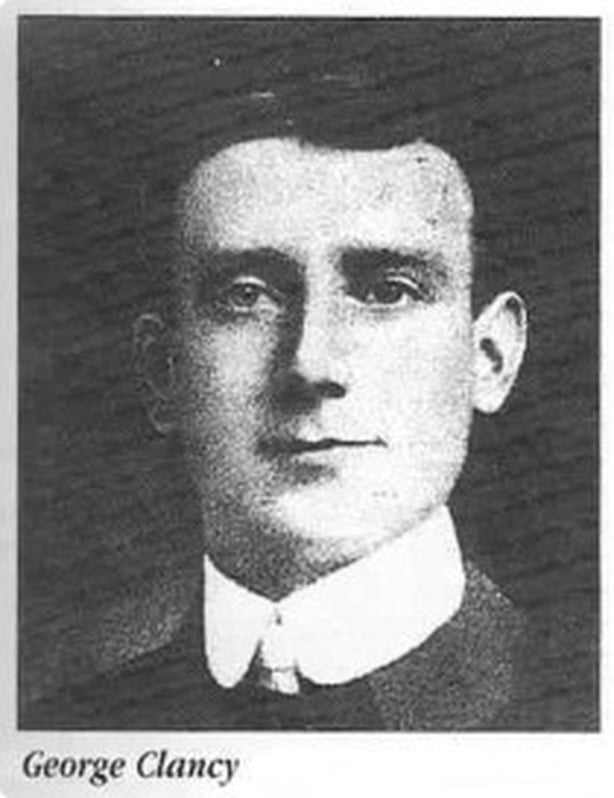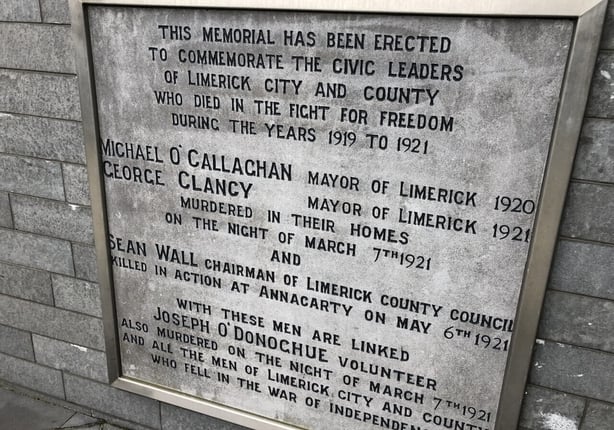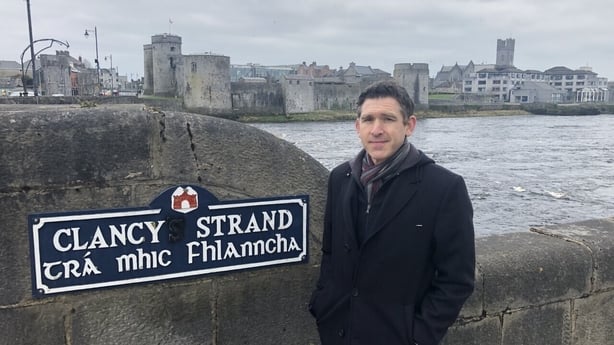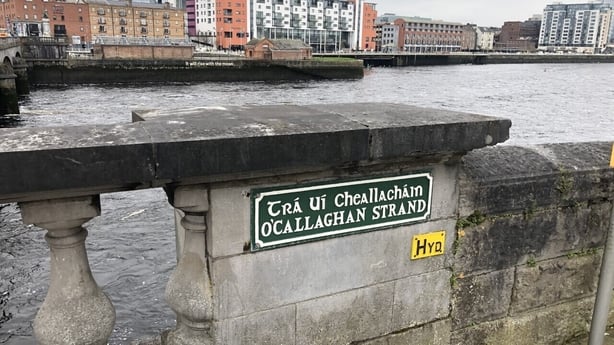The 100th anniversary of the murders of two Limerick mayors on this day, 7 March, in 1921 is being marked by the city council and the GAA.
Two of Limerick's most popular quayside streets are named after George Clancy and Michael O'Callaghan, who were killed in their homes by RIC Auxiliaries early that day.
It is regarded as one of the worst atrocities in Limerick's civic history during the War of Independence.

There was widespread shock and outrage when the mayor of the city, George Clancy, was shot at his home in front of his wife in Castleview Gardens, close to the River Shannon and the city’s famous Treaty stone, by a group of three Royal Irish Constabulary Auxiliaries.
At around the same time, his predecessor as mayor, Michael O'Callaghan, was also shot dead at his home nearby.

Their deaths are attributed to an auxiliary 'death squad', led by an acting Inspector George Montague Nathan, who had been harassing leading political figures and running raids on their homes at that time.
Both men were aged in their early 40s, firm nationalists, Irish speakers, volunteers, and GAA members.
In fact, Michael O'Callaghan had been taught Irish by George Clancy, who had taught with the Gaelic League, and had also taught at Clongowes Wood College for a while. Clancy was also a close friend of writer James Joyce, when he was studying at UCD.
Earlier that day, another volunteer, 24-year-old Joseph O'Donoghue, who was from Westmeath but living and working in Limerick, was taken from the house he was lodging in at Janesboro and also shot dead.
He had been saying the rosary with Mrs Liddy, his landlady, and her family when the squad arrived banging on the front door. She found his body lying on the roadside near her house a short time later.
Historian and writer Tom Toomey, who has written extensively on the War of Independence, said that day marked three savage and brutal killings in Limerick during the turbulent years of the War of Independence.

"The killings that day caused widespread shock and horror across Limerick, and made international headlines. The funeral of all three men was held at St John's Cathedral and there were a number of days of national mourning.
"Thousands of people came onto the streets of Limerick as their coffins passed, and the funerals were attended by virtually all of the lord mayors and mayors of towns and cities across the country," he said.
He also alleges there was collusion by the British military and police at the time, saying the RIC responded only half an hour after Mrs O'Callaghan's calls for help.
He said after they went to her home, they went straight to Clancy's home. Mr Toomey asked: "How did they know to go there?"
In addition, he said a sentry on duty at the nearby Clancy Barracks allowed gunmen to pass without question, which he said was incredible when the city was under curfew at the time.
Two of Limerick's most popular riverside streets, Clancy Strand and O'Callaghan Strand, are now both named after the murdered mayors.
Now, 100 year later, family members remember with sadness what might have been.

George Clancy, great grandnephew of George Clancy, said the name had been in the family for seven generations, and they were very proud to carry it on.
Speaking of his relative, he said his brutal death had made the family very sad, but they were also very proud of his achievements in his short life.
"He was a democrat and a man of great ability and 100 years on we reflect on his loss not just to the Clancy families, but also what contributions he might have made in the early years of our new State," he said.
A virtual evening of historical talks by Limerick City Council and the GAA is marking the centenary along with a number of other significant links to that year.

Paul Foley of Limerick GAA said they wanted to remember both mayors as the pre-eminent representatives of democracy in the city at the time, and they and Joseph O’Donoghue were all committed members of the GAA.
He said: "We're actually remembering three centenaries. In addition to remembering the murdered mayors and Joseph O'Donoghue, Limerick were All-Ireland champions that year.
"It was also the first year that the finalists played for the famous hurling trophy the Liam MacCarthy Cup, and uniquely it rests here again on Shannonside 100 years later."






